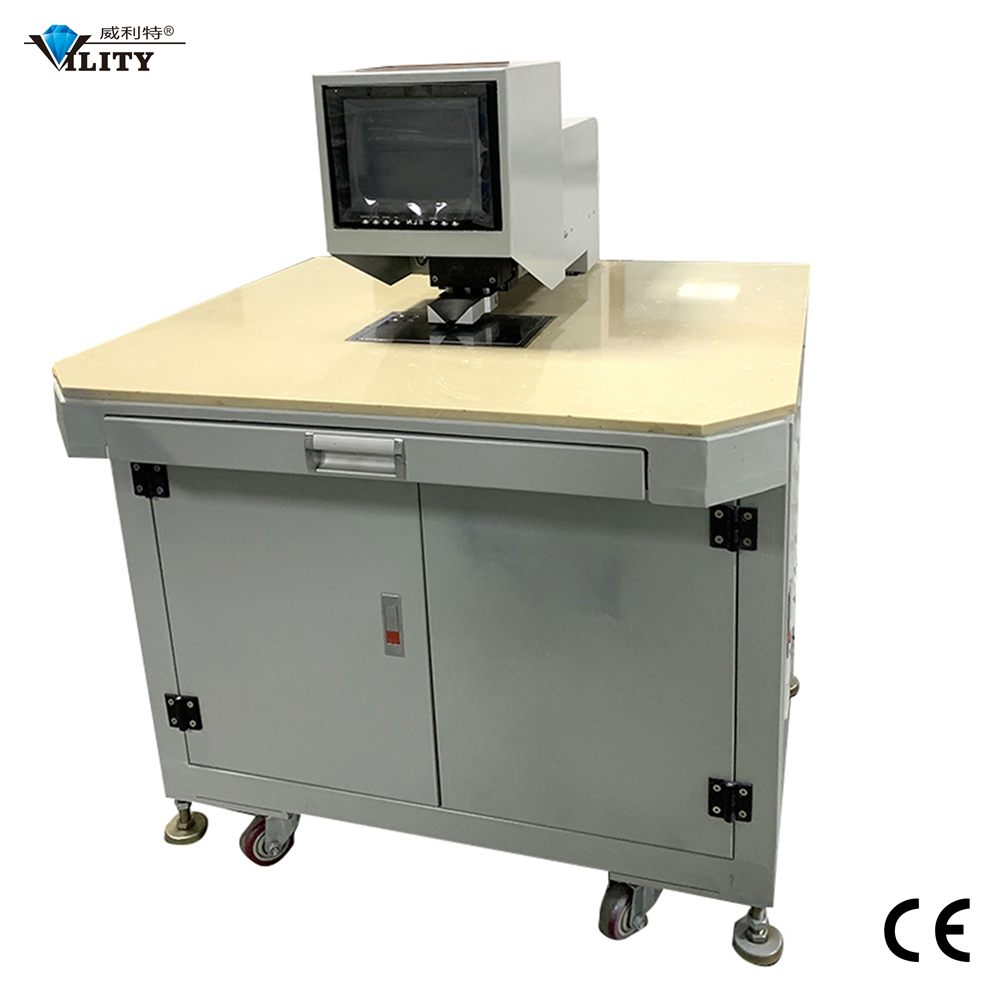Tipo de furos de perfuração de PCB
Tipo de furos de perfuração de PCB
Placas de circuito impresso (PCBs) typically contain two types of drill holes: plated through-holes (PTHs) and non-plated through-holes (NPTHs).
Plated Through-Holes (PTHs)
Plated through-holes are holes in a PCB that have been drilled through all layers of the board and are plated with a conductive material, such as copper. This plating allows you to make electrical connections between the different layers of the board.
PTHs are commonly used to connect surface-mount components to the board or create vias, holes that allow signals to be routed from one layer of the board to another.
To create PTHs, the drill bit is typically slightly larger than the desired hole diameter, allowing you to add the plating. After drilling, the hole is plated with copper by electroplating or using a chemical deposition process. The plating is then covered with a solder mask layer to protect it from damage and prevent short circuits.
Non-Plated Through-Holes (NPTHs)
Non-plated through-holes are holes in a PCB drilled through all board layers but not plated with a conductive material. People use NPTHs to mount through-hole components, such as capacitors or resistors, to the board or to provide mechanical support for the board.
Unlike PTHs, NPTHs do not require plating, simplifying the manufacturing process. Contudo, the lack of plating means that NPTHs cannot be used to create electrical connections between layers of the board.
To create NPTHs, the drill bit is typically the same size as the desired hole diameter. After drilling, the hole is cleaned and may be covered with a solder mask or other protective coatings.
In summary, people use plated through holes (PTHs) to create electrical connections between the layers of a PCB. In contrast, people use non-plated through-holes (NPTHs) for through-hole component mounting and mechanical support. The choice of hole type depends on the specific requirements of the PCB design and the components you have.
 Serigrafia
Serigrafia
